Artillery. Large caliber. 122-mm howitzer M-30 model 1938 of the year
The M-30 howitzer is probably known to everyone. The famous and legendary weapon of the workers' and peasants, Soviet, Russian and many other armies. Any documentary about the Great Patriotic War almost certainly includes firing shots with an M-30 battery. Even today, despite its age, it is a weapon in service in many armies of the world.
And by the way, 80 years, as it were ...
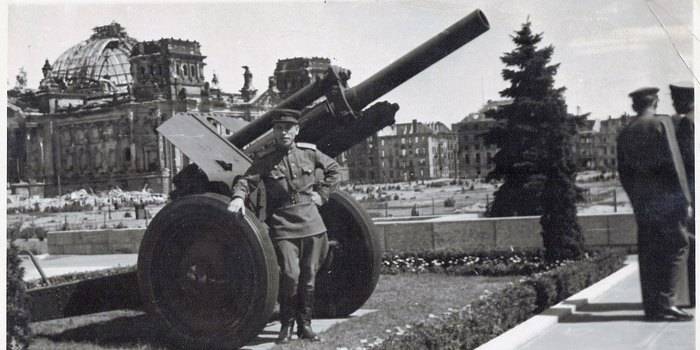
So, today we are talking about the 122-mm howitzer model 1938, the M-30. About howitzer, which many artillery experts call the era. And foreign experts - the most common tool in stories artillery (about 20 thousands of units). The system, where the old, tried by the long-term exploitation of other tools, solutions, and new, previously unknown, were combined in the most organic way.
In the previous publication of this article, we talked about the most numerous howitzer of the Red Army of the prewar period — the 122-mm howitzer of the 1910 / 30 type. It was this howitzer in the second year of the war that replaced the M-30 in numbers. According to data from various sources, in 1942, the number of M-30 was already greater than its predecessor.
There are a lot of materials about creating a system. Understand literally all the nuances of the competition of different design bureaus, tactical and technical characteristics of the guns, design features and so on. The views of the authors of such articles are sometimes diametrically opposed.
I would not like to analyze all the details of such disputes. Therefore, we mark the historical part of the narrative with a dotted line, leaving the readers the right to their own opinion on this issue. The opinion of the authors is only one of many and cannot be the only true and final one.
So, the 122-mm howitzer of the 1910 / 30 model was already outdated by the middle of the 30-s. That "small modernization", which was held in 1930 year, only extended the life of this system, but did not return to her youth and functionality. That is, the instrument could still serve; the whole question is how. The niche of the divisional howitzers would soon be empty. And everyone understood that. The command of the Red Army, the leaders of the state and the designers themselves artillery systems.
In 1928, there was even a rather heated discussion on this issue after the publication of an article in the Journal of the Artillery Committee. Disputes were fought in all directions. From combat use and design tools, to the necessary and sufficient caliber howitzers. Based on the experience of the First World War, several calibers were rightly considered at once, from 107 to 122 mm.
The task for the development of an artillery system to replace the outdated divisional howitzer designers received 11 August 1929 year. In researches on the issue of howitzer gauge, there is no unequivocal answer about choosing the 122 mm. The authors tend to the simplest and most logical explanation.
Ammunition of this particular caliber of the Red Army was enough. Moreover, the country had the opportunity to produce these munitions in the required quantity in existing plants. And third, the logistics of ammunition delivery was as simple as possible. The most numerous howitzer (sample 1910 / 30) and a new howitzer could be supplied “from one box”.
It makes no sense to describe problems at the “birth” and preparation for the serial production of the M-30 howitzer. This is beautifully told in the Encyclopedia of the Domestic Artillery, probably the most authoritative historian of artillery A. B. Shirokorad.
The tactical and technical requirements for the new divisional howitzer of the Red Army Artillery Directorate sounded in September 1937. The requirements are tough enough. Especially in the shutter part. AU required a wedge gate (promising and having great potential for modernization). Engineers and designers also understood that this system is not reliable enough.
The development of the howitzers was carried out at once by three design offices: the Ural Machine-Building Plant (Uralmash), Plant No. 172 named after Molotov (Motovilikha, Perm) and Gorky Plant No. XXUMX (Nizhny Novgorod Machine-Building Plant).
The samples of howitzers presented by these plants were quite interesting. But the Ural development (Y-2) was significantly inferior to Gorky (F-25) and Perm (M-30) in ballistics. Therefore, it was not considered as promising.
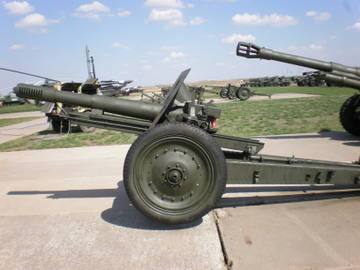
We will consider some TTX F-25 / M-30.
Barrel length, mm: 2800 / 2800
Rate of fire, rpm: 5-6 / 5-6
Initial velocity of the projectile, m / s: 510 / 515
Angle HV, degrees: -5 ... + 65 / -3 ... + 63
Firing Range, m: 11780 / 11800
Ammunition, index, weight: OF-461, 21, 76
Weight in combat position, kg: 1830 / 2450
Calculation people: 8 / 8
Issued, pcs: 17 / 19 266
It is not by chance that we brought part of the TTX in one table. It is in this version that the main advantage of the F-25, the weight of the gun, seems to be clearly seen. Agree, the difference of more than half a ton is impressive. And, probably, this fact became the main one in the definition of this design by the Shirokorad as the best. Mobility of such a system is unquestionably higher. It is a fact.
True, there is a "buried dog", in our opinion. Provided for testing M-30 were somewhat easier to serial. Because the gap in the mass was not so noticeable.
There is a question about the decision. Why M-30? Why not more light F-25.
The first and main version was also sounded by 23 March 1939 of the year in the same "Journal of Artillery Committee" No.086: "122-mm howitzer F-25, developed by factory No.92 on an initiative basis, is not of interest for AU now, since The ground and field tests of the M-30 howitzer, more powerful than the F-25, have been completed. "
Agree, such a statement at the time puts a lot in its place. There is a howitzer. The howitzer was tested and there is nothing more to spend people's money on the development of useless tools. Continuation of further work in this direction was fraught for designers with "moving to any sharashka" with the help of the NKVD.
By the way, the authors in this regard agree with some researchers on the installation of an old good piston valve on the M-30, not a wedge. Most likely, the designers went for a direct violation of the requirements of the AU precisely because of the reliability of the piston valve.
Problems with the semi-automatic wedge bolt at that time were also observed in smaller caliber guns. For example, F-22, the universal divisional 76-mm gun.
Winners are not judged. Although, this is from which side to look. Risked of course. In November, 1936 was arrested and sentenced to the 5 years of imprisonment by the chief of the OKB of the Motovilikhinsky plant, BA Berger, a similar fate befell in January of the following year, the leading designer of the ML-152 howitzer A. M Ploskirev.
After this, it is clear that the developers are striving to use the piston valve that has already been tried and tested in production in order to avoid possible accusations of wrecking in case of problems with its wedge-type construction.
And there is another nuance. The F-25 howitzer, which is smaller than its competitors, was provided by the machine tool and the carriage from the 76-mm cannon. The gun was more mobile, but it had a smaller resource due to a more "flimsy" gun carriage. Naturally, the 122-mm projectile gave a completely different recoil impulse than the 76-mm. The muzzle brake, apparently, at that time did not provide the proper reduction of the impulse.
Obviously, the lighter and mobile F-25 was preferred to a stronger and more powerful M-30.
By the way, we found further confirmation of this hypothesis in the fate of M-30. We often write that constructively successful field implements were soon "transplanted" to the already used or captured chassis and continued to fight as SPGs. The same fate awaited M-30.
Parts of the M-30 were used to create the SU-122 (on the trophy chassis StuG III and on the chassis T-34). However, the machines were unsuccessful. M-30, with all its might, was quite heavy. Tumbovaya installation of weapons on the SU-122 took up a lot of space in the combat compartment of the SAU, creating significant inconvenience to the crew. The large departure forward of the recoil devices with their armor made it difficult to view from the driver’s seat and did not allow to place a full-fledged manhole for him on the front plate.
But the main thing is the middle base tank was too fragile for such a powerful weapon.
From the use of this system refused. But the attempts did not end there. In particular, M-30 was used in one of the variants of the now famous Vialad-assisted ACS Violet. But they preferred the versatile 120-mm gun.
The second disadvantage for the F-25 could just be its smaller mass in combination with the already mentioned muzzle brake.
The lighter the weapon, the greater its chances of using it for direct support of its forces with fire.
By the way, it was precisely in such a role at the beginning of the Great Patriotic War that the M-30, which was poorly suited for such purposes, more than once or twice performed Not from a good life, of course.
Naturally, powder gases that are deflected by a muzzle brake, raising dust, sand, soil particles or snow, will more easily yield the position F-25 compared to M-30. Yes, and when shooting from closed positions at a short distance from the front line at a small angle of elevation, the possibility of such unmasking should be considered. Someone in the AU could easily take all this into account.
Now directly about howitzer design. Structurally, it consists of the following elements:
- a barrel with a free pipe, a casing covering the pipe approximately to the middle, and a screw-up breech;
- the piston lock opening to the right. Closing and opening the shutter was done by turning the handle. In the gate, a percussion mechanism with a linearly moving drummer, a helical combat spring and a rotary trigger were mounted, and for triggering and lowering the trigger the trigger was pulled off by a trigger cord. Throwing out of the cartridge case from the chamber was made when the shutter was opened by the ejector in the form of a crank arm. There was a safety mechanism that prevented premature unlocking of the bolt during long shots;
- a mast that included a cradle, recoil devices, an upper machine, pick-up mechanisms, a balancing mechanism, a lower machine with a sliding box-shaped bed, combat propulsion and suspension, sighting devices and shield cover.
The cradle of the clip-on type was placed with pins in the nests of the upper machine.
The recoil system included a rollback hydraulic brake (under the barrel) and a hydropneumatic knurler (above the barrel).
Upper machine pin inserted into the socket of the lower machine. A shock absorber with springs provided the posted position of the upper machine relative to the lower one and facilitated its rotation. On the left side of the upper machine there was mounted a screw turning mechanism, on the right side - a sector lifting mechanism.
Combat move - with two wheels, drum brakes, switchable transverse plate spring. Switching off and turning on the cushioning was carried out automatically when pushing and sliding the bed.
Sights included a sight, independent of the gun (with two arrows) and the panorama of Hertz.
In the history of this legendary howitzer there are still a lot of white spots. The story continues. Contradictory, largely incomprehensible, but history. The brainchild of the design team under the leadership of F. F. Petrov is so harmonious that it still serves. Moreover, it fit perfectly not only in the infantry formations, but also in tank, mechanized and motorized units.
And not only our army in the past, but now. More than two dozen countries continue to be armed with M-30. Which indicates that the gun was more than.
By taking part in almost all wars, beginning with the Second World War, M-30 proved its reliability and unpretentiousness, having received the highest rating from the artillery Marshal G.F. Odintsov: "Nothing can be better than it."
Of course, it can.
After all, all the best that was in the M-30 howitzer was embodied in the X-NUMX-mm howitzer D-122 (30-2), which became a worthy heir to M-18. But about her, of course, will be a separate conversation.
We thank the administration of the Museum of Domestic Military History in Padikovo for providing a copy of the howitzer.
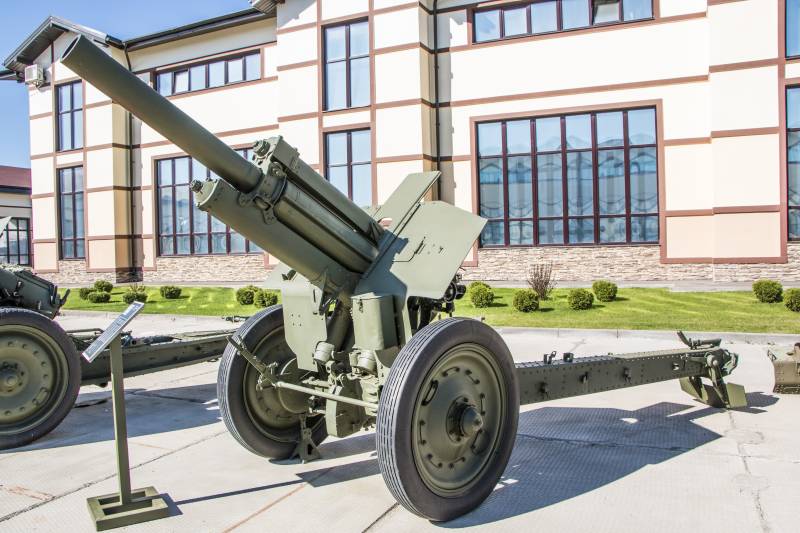
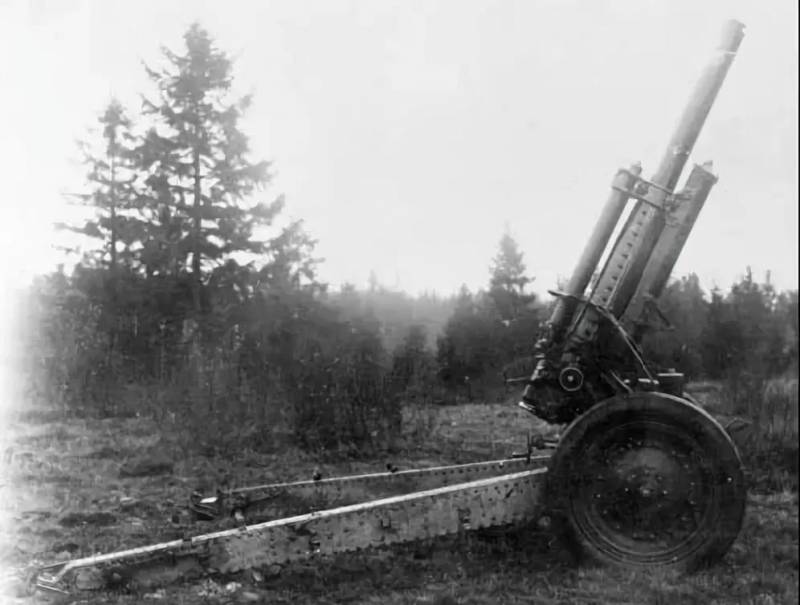
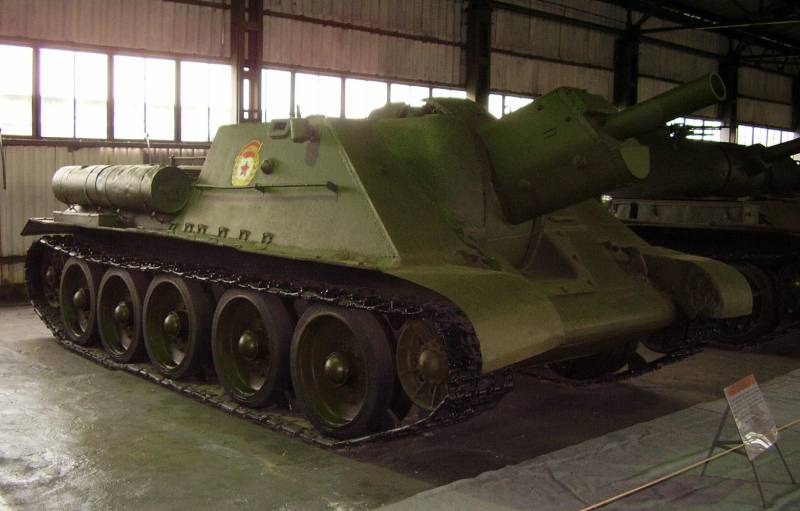
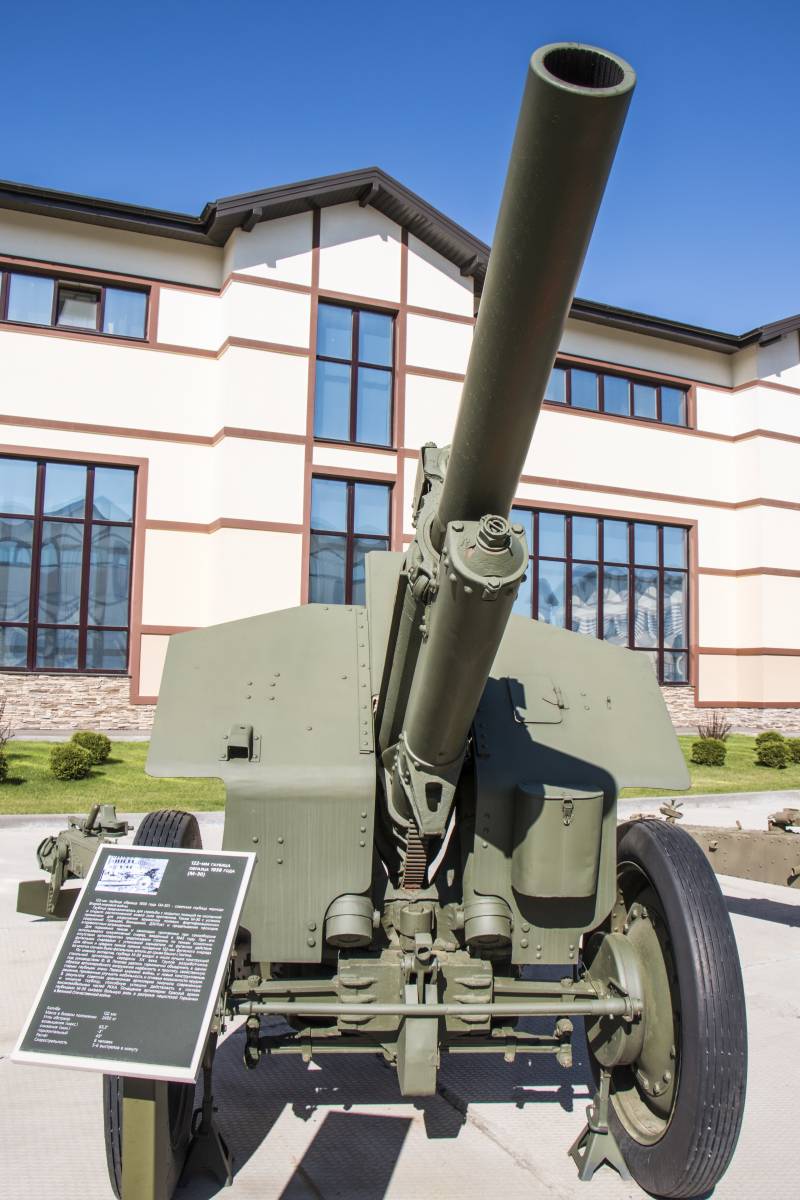
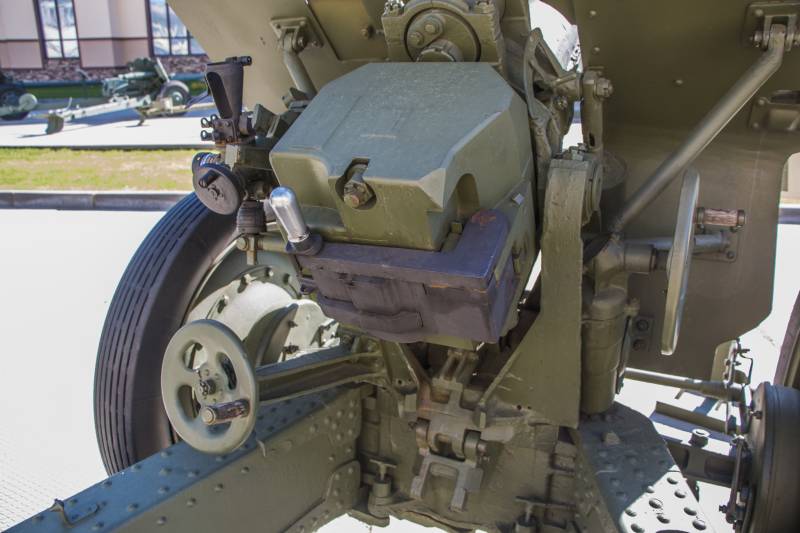
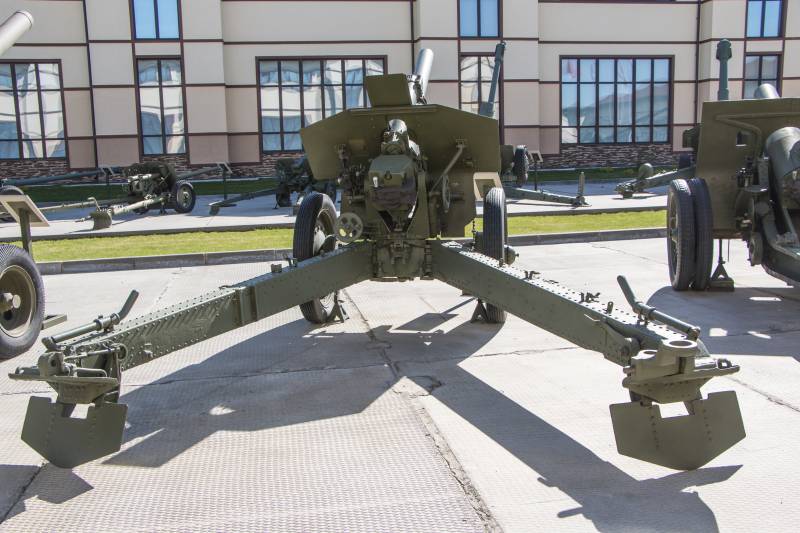
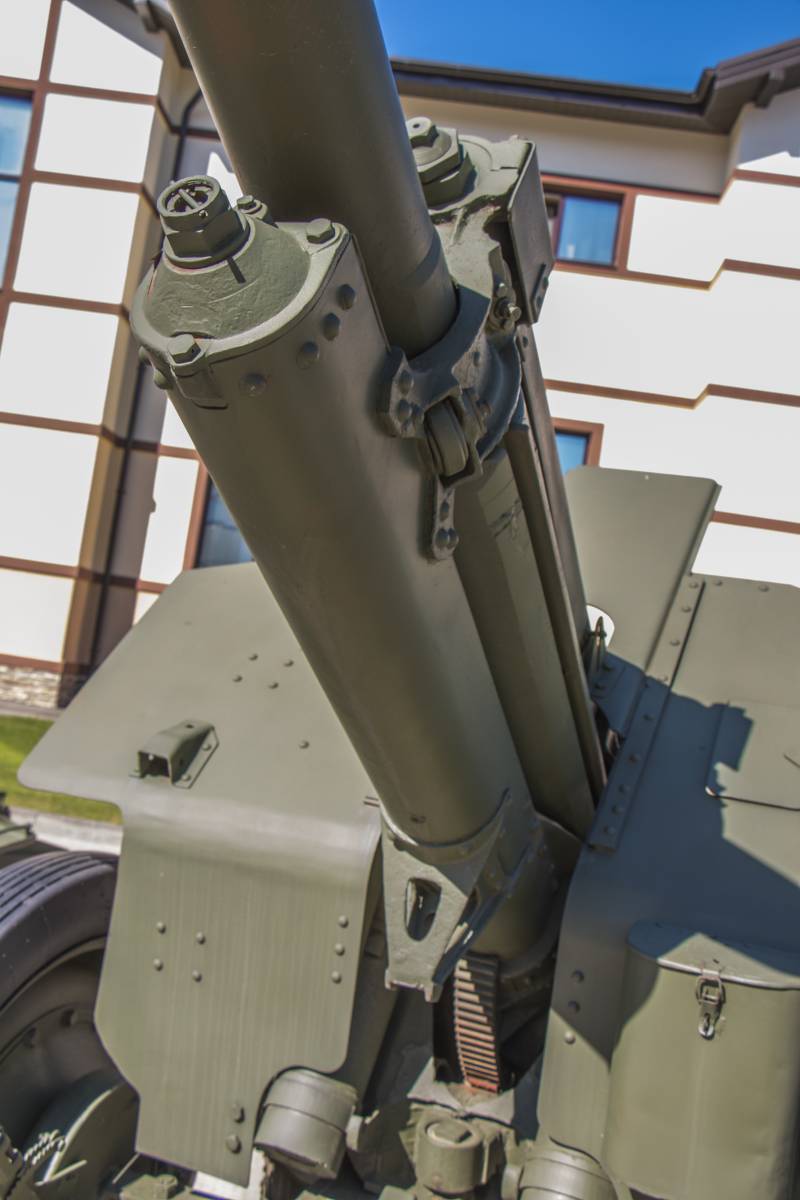
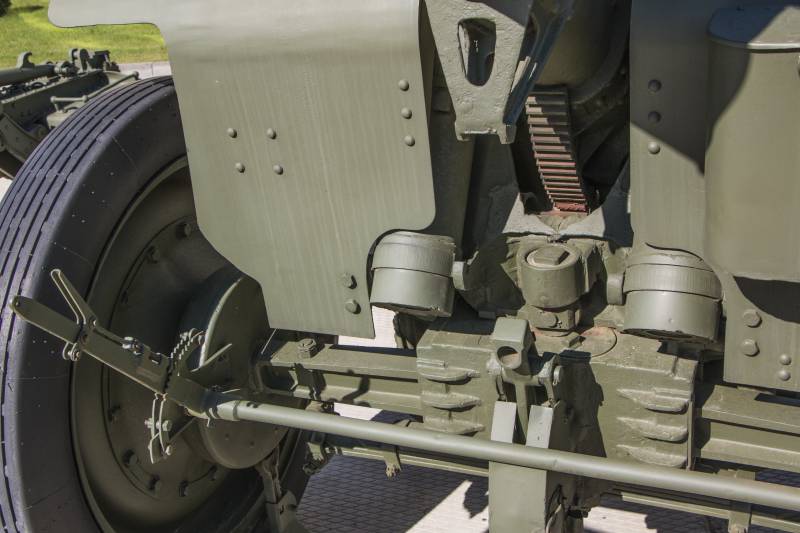
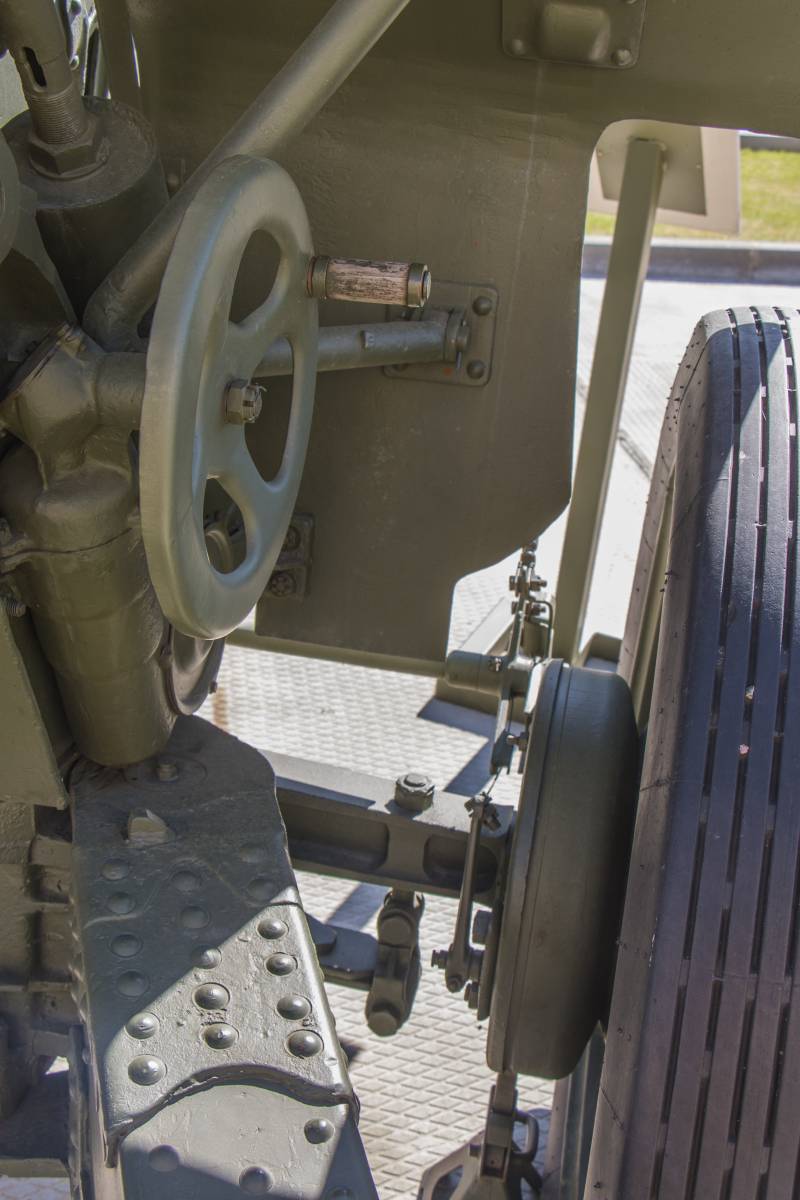
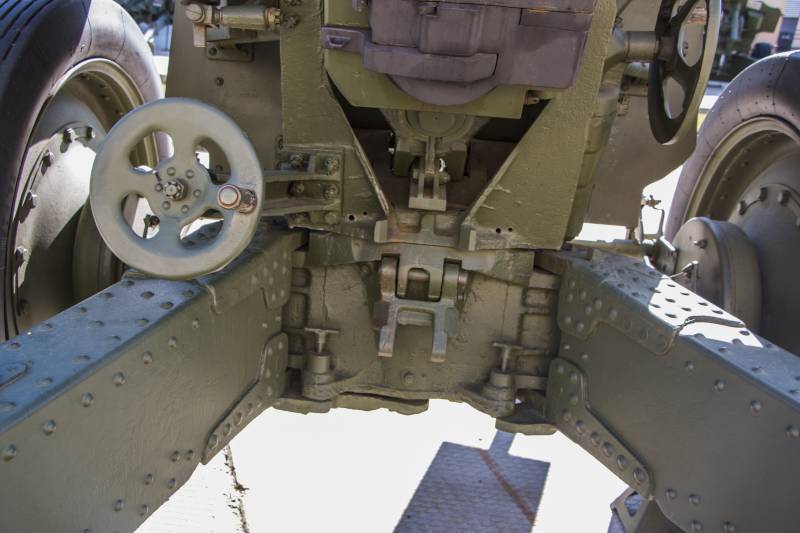
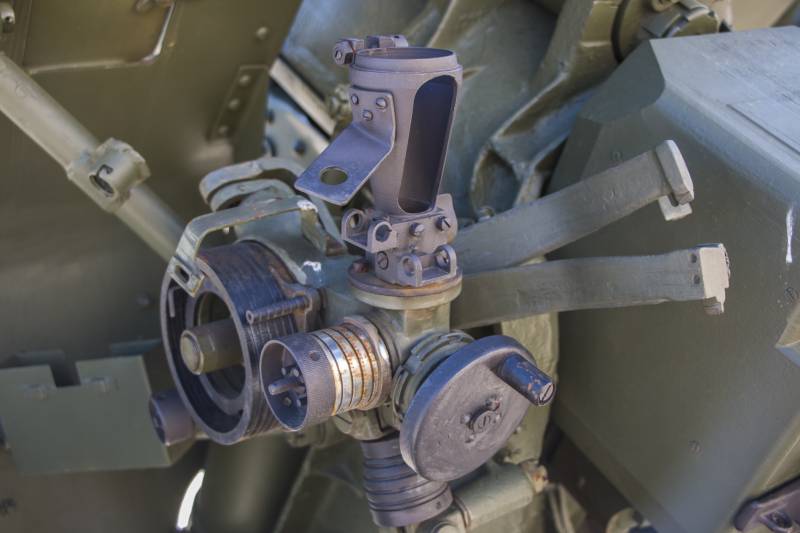
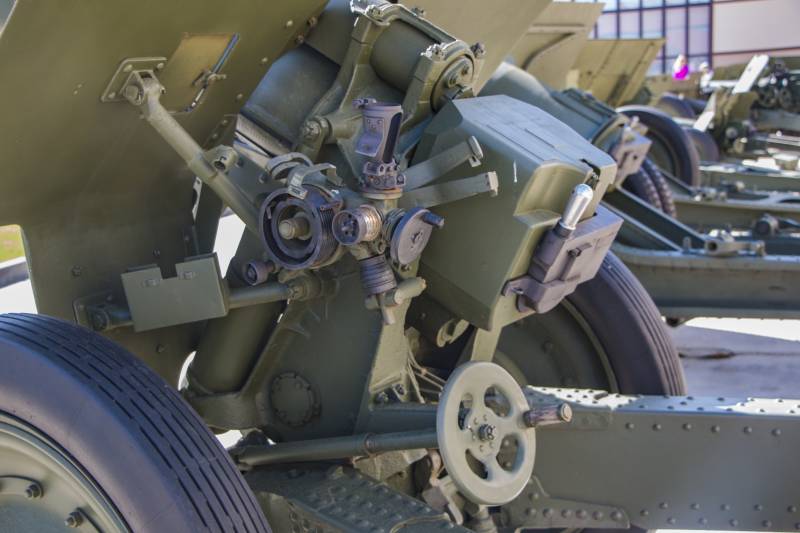
Information